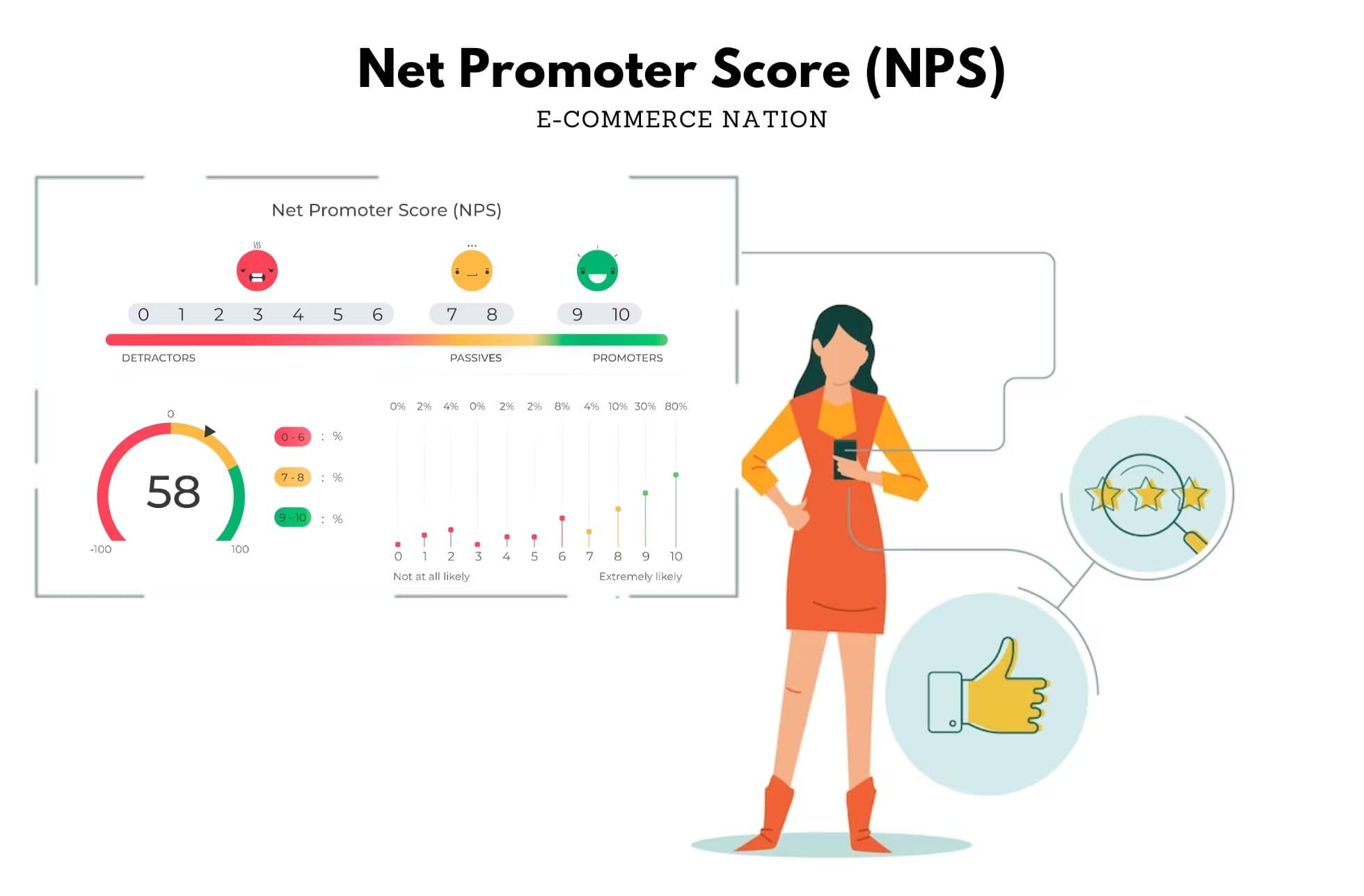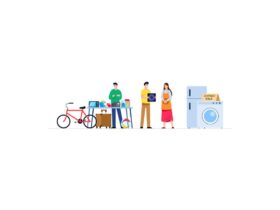Behavioural psychology underpins almost every effective marketing strategy – not that any marketer would necessarily be able to tell you how. Great strategies to convince consumers to purchase rely on pushing psychological buttons to impel a customer to take an action, whether that’s seeing that a product is running low in stock (that’s the ‘scarcity’ button) or that a popular celebrity has endorsed it (that’s the ‘liking’ button).
This article explores the behavioural psychology ideas running underneath great conversion strategies – get to grips with these and you’ll be able to come up with more compelling, more creative executions that work for your e-commerce store.
These have been drawn from the classic behavioural psychology book ‘Influence’ by Dr Robert Cialdini, with CRO-specific examples drawn from brands across the world.
1. Reciprocity: get a little, give a little
We human beings are social animals (despite what you might think at 8am on a Monday morning), so we like to make sure that like a Lannister, we always pay our debts.
For example, if you know that the person you’re meeting is making a long and complex journey to get to you, you’re more likely to make sure that you’re on time. This is because you’re aware that they’re contributing something to the deal, so you feel the obligation to return it in kind.
In the world of e-commerce, this can be incredibly simple – you make your customer feel like they’re getting special treatment, you’re more likely to get them to make a purchase. For example:
- Promotions exclusive to new customers
- Promotions exclusive to loyal customers
- Having ‘just for you’ or ‘you’ve been chosen…’ promotional messages
The Fragrance Shop, one of the UK’s leading perfume retailers, did just this by selecting certain customers to receive an offer of 10% off their next purchase. It worked; the feeling of being given something made many customers return the favour with a purchase, totalling up to 112% conversion rate increase.
2. Commitment and consistency: we all have a desire to appear consistent in our behaviour
If you really wanted to, you could turn up at work tomorrow two hours late and just see what happens. But you probably won’t – aside from the fact that you could be looking at a serious conversation with your boss, you’ll be very aware that you made a commitment to be there at a certain time. And that’s a compelling behavioural principle that keeps us from just doing whatever we feel.
Similar is consistency: the idea that as individuals, we want to be recognisable and consistent in our character and behaviour. Which is probably why you don’t leave the house in a series of different wigs every day.
So how does this play out in e-commerce? It ends up being a useful mechanism in order to tackle checkout and form abandonment. You know the story: customers are halfway through filling out their details, get disengaged or feel like the process isn’t worth it and promptly abandon their efforts. Here’s where you can step in, playing on that desire to be consistent and encourage them to continue on – just like Virgin Trains did:
If you show your visitor that there’s not that far to go on a form or checkout, you’ll be pushing the psychological button that says ‘don’t be a flake’.
3. Social proof: we all want to follow the crowd
We all love to think that we’re ruthlessly individual, but the truth is that we all love to follow the crowd (whether we choose to admit it or not). This is social proof, and there are lots of ways it can be transformative for your e-commerce sales.
One of the most powerful executions of social proof in e-commerce is through trust signals – crowd-sourced endorsements and reviews showing that your visitor can be confident in both your product and your purchase process. Leading energy company Ovo Energy leveraged this form of social proof through displaying its Trustpilot reviews on its website, helping cautious prospective customers feel secure in making the big decision to switch energy provider:
Social proof comes in many more forms besides this, such as showing stock levels or the number of visitors viewing/purchasing a product in order to create a feeling of urgency that compels someone to click ‘add to cart’.
4. Authority: we want to follow the lead of people we consider to be experts
There’s a good reason that the people who do the talking on toothpaste commercials are dentists, not the celebrities with beautiful teeth: authority. We’re ingrained to think that ‘experts’ (however self-proclaimed they might be) and their accompanying visual cues of white coats, horn-rimmed glasses and letters after their name know exactly what they’re doing – so we’re more likely to buy what they’re selling.
This is a little different to something like a celebrity endorsement (we’ll get to that) where the association is driven by aspiration and association. Authority is about taking a steer from those figures and institutions we deem to be experts.
On your e-commerce store, a great way of doing this is to show the awards you’ve won; these act as authoritative endorsement (something that Ovo Energy also did in the image above).
5. Liking: we tend to buy from people that we like
In ‘Influence’, the example used to illustrate the principle of ‘liking’ is Tupperware parties – an 80s phenomenon that you might remember if you’re of a certain age.
The premise of these was pretty simple: a woman would host a ‘Tupperware party’, inviting several of her friends over for drinks, snacks and a presentation from a sales rep. When guests purchased products, the hostess would get a commission.
The key here was that when the guests made a purchase, it wasn’t necessarily because the product or the sales pitch was incredibly compelling – it was because they knew and liked the hostess. They therefore felt a certain sense of obligation to buy something.
It’s not too different when it comes to e-commerce – if you want someone to convert, you need to give them a reason to like you. This can take a number of forms:
Leverage your sponsorships and brand ambassadors – capitalise on the things that your customer already likes by association with them
Flatter your visitor – messages that make them feel like they’re smart, attractive or worthy reflect well on their opinion of you
Show signs of empathy – we like people more when we feel like they share the same struggles as us; if there’s a tricky checkout on your website, you might do better to openly acknowledge it rather than to try to gloss over it
6. Scarcity: we’ll buy when we’re worried something will run out
There’s a reason prices go up when supply goes down. The impression of scarcity is one of the most potent imperatives to convert.
You could express scarcity in a number of different ways: for example, showing stock levels as sites such as asos.com does, works well to encourage wavering visitors to make a purchase. Time is just as powerful – when you’re running a sale or a promotion, reminding your customers that they don’t have long to make their decision can spur them into action.
Here’s an example of how this works from Swedish furniture retailer RUM21 – it resulted in a 19% uplift in their conversion rate.
Scarcity works much like exclusivity – making your offer more valuable and compelling by emphasising that the window of opportunity for the visitor is limited.
Final thoughts
You may have gone through this article and thought ‘well, that’s just common sense’ and in many ways, you’d be right. Like we said at the beginning of this article, much of what behavioural economics suggests are things that seem intuitive to good marketers because we’ve run these ideas in practice and know that they yield results.
However, now you know the ‘why’: the underlying principles that drive those results. Every e-commerce store is different, so getting to grips with the motivators mean that you’re now armed with the ability to adapt executions to what works for your site and your customer. So good luck, we get it’s hard (that was ‘liking’) but we’re sure you’ll nail it like you do everything else (and that was ‘commitment and consistency’).
In what ways do you use behavioural psychology for your e-commerce? Tell us below or Tweet us!





